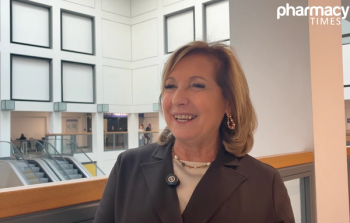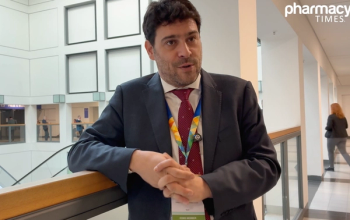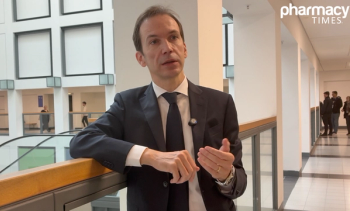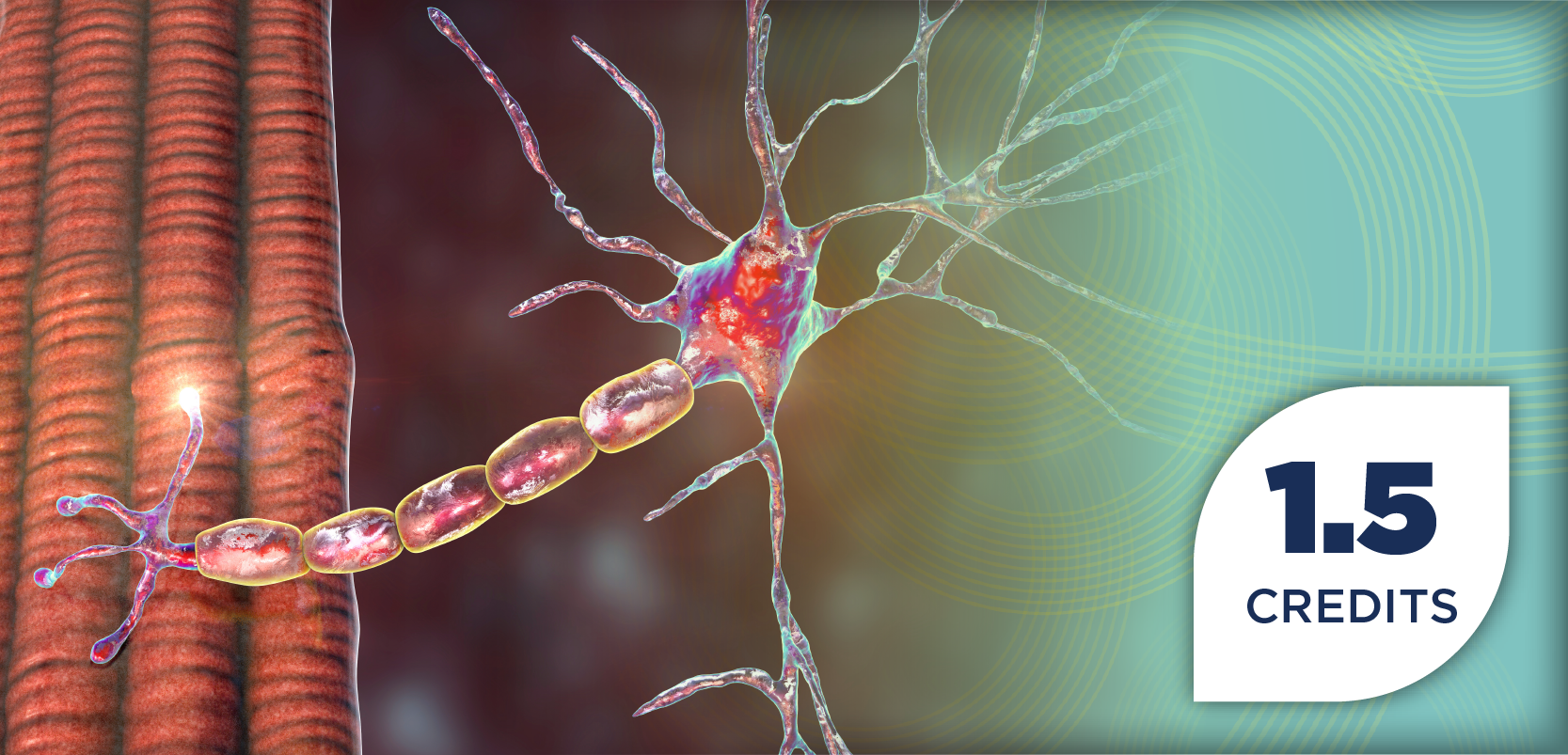
Pediatric Flu-Linked Neurological Complications Raise Alarm on Vaccination Gaps
Key Takeaways
- The 2024-2025 flu season saw a significant increase in pediatric IAE and ANE cases, with high mortality rates, especially in ANE.
- Most affected children were young, previously healthy, and experienced rapid onset of neurologic symptoms, including seizures.
Pediatric flu cases surge, revealing alarming rates of encephalopathy.
The 2024-2025 US flu season saw a shocking increase in the number of children with flu who developed influenza-associated encephalopathy (IAE) and acute necrotizing encephalopathy (ANE).
The CDC report from September 2025 states that there were 109 cases of pediatric IAE, with 37 cases of ANE, which represents the largest number of flu-related pediatric deaths observed since the start of national monitoring in 2004.¹ These results indicate the escalating impact of flu-associated neurologic complications and signal the necessity of recognizing the issue among health care professionals, physicians as well as pharmacists.
From the 2010-2011 through the 2024-2025 seasons, surveillance captured 1840 pediatric influenza-associated deaths, with 166 (9%) having documented IAE.² For the 2024-2025 season alone (through February 8, 2025), 9 of 68 fatal pediatric flu cases (13%) included IAE, 4 of which were confirmed as ANE.²
The data set that was expanded and published in September 2025 showed the extreme cases of the situation. In the IAE group of 109 cases, 74% of patients were admitted to the intensive care unit, 54% were put on mechanical ventilation, and 19% died. In the ANE subgroup, the death rate was higher at 41%, and most of the survivors had prolonged neurologic deficits.¹ The children were very young—median age was 5 years for IAE and 4 years for ANE—and more than half of them were without any underlying health conditions.¹ The neurologic manifestations, which included seizures, had a rapid onset within 2 days of the beginning of influenza symptoms.¹
Treatment regimens were intensive: Antiviral therapy was given to 84% of patients, most after hospital admission, while patients with ANE were given immunomodulatory treatments, like corticosteroids, intravenous immunoglobulin, or plasma exchange, as their therapy.¹ The length of the hospital stay was very long, with the median duration of hospitalization for ANE survivors averaging nearly 1 month of inpatient care.¹
What was lacking markedly this time was the unavailability of a surveillance system, comprehensively standardized at the national level, to track the occurrence of flu-associated neurologic complications. Most of the presently operating surveillance networks have concentrated on fatal cases of the disease; thus, the nonfatal but severe outcomes of flu might have barely been accounted for.² To understand disease burden more accurately, the CDC has suggested that monitoring IAE and ANE be incorporated into flu surveillance systems.1
Clinicians—including pharmacists—play a pivotal role in early recognition and response. Pharmacists should be alert for children presenting with fever or respiratory illness who rapidly develop seizures, altered mental status, or decreased consciousness.² Prompt antiviral initiation, as recommended by the CDC, remains critical for children at higher risk, regardless of laboratory confirmation.³ While direct evidence of improved neurologic outcomes is lacking, antivirals remain a cornerstone of management and may reduce complications.³
The rate of vaccination against the flu for children who suffered from the flu was very low: just 16% of patients with IAE and 13% of patients with ANE were vaccinated at least 2 weeks before the onset of the disease.¹ This result aligns with the general trend in the US, which shows that the rate of vaccination against influenza in children is decreasing.³
Immunization is still the best way to lower the intensity of the flu, the number of hospital stays, and other adverse effects.
What Can Pharmacists Do?
Pharmacists, who are generally the easiest to reach among the health care providers, are therefore reminded by this data that they are the frontline planners when it comes to vaccine advisement, which means that they have to talk not only about the respiratory complications but also the neurologic risks. Encouraging vaccine uptake could help mitigate future pediatric flu-related morbidity and mortality.
The unprecedented surge in pediatric IAE and ANE during the 2024-2025 influenza season serves as a sobering reminder that influenza is far from benign. Expanded surveillance, timely antiviral treatment, and improved vaccination coverage are all needed. Pharmacists, as frontline providers, are uniquely positioned to recognize warning signs, counsel families, and advocate for vaccination to prevent these devastating outcomes.
REFERENCES
Staff GB. Pediatric Flu Season Study Reveals Rise in Severe Neurologic Complications. Global Biodefense. Published September 26, 2025. Accessed September 26, 2025.
https://globalbiodefense.com/2025/09/26/pediatric-flu-encephalopathy-ane-2024-25-cdc-report/ Fazal A, Reinhart K, Huang S, et al. Reports of Encephalopathy Among Children with Influenza-Associated Mortality — United States, 2010–11 Through 2024–25 Influenza Seasons. MMWR Morbidity and Mortality Weekly Report. 2025;74(6):91-95. doi:10.15585/mmwr.mm7406a3
Fazal A, Harker EJ, Neelam V, et al. Pediatric Influenza-Associated Encephalopathy and Acute Necrotizing Encephalopathy — United States, 2024–25 Influenza Season. MMWR Morbidity and Mortality Weekly Report. 2025;74(36):556-564. doi:10.15585/mmwr.mm7436a1
Newsletter
Stay informed on drug updates, treatment guidelines, and pharmacy practice trends—subscribe to Pharmacy Times for weekly clinical insights.























































































































































































































